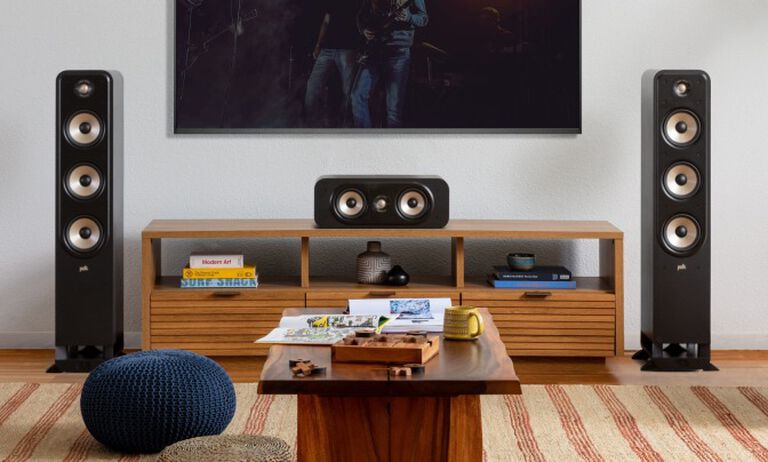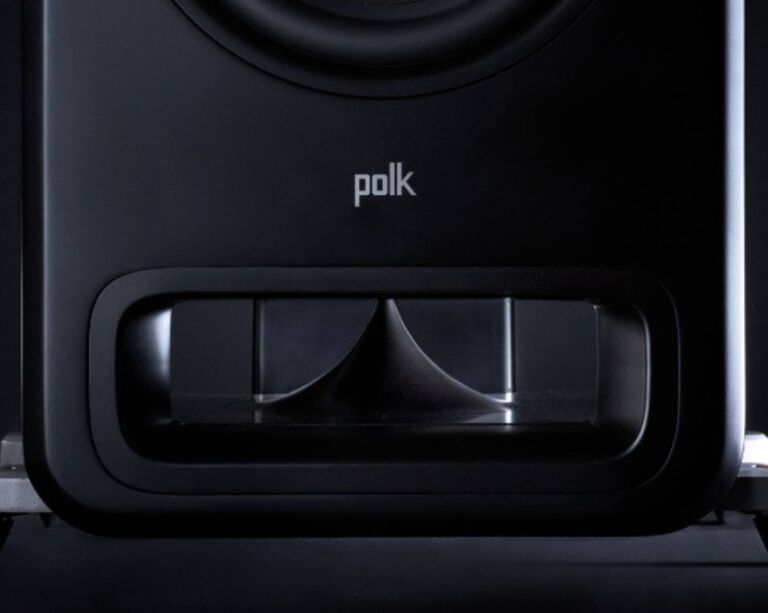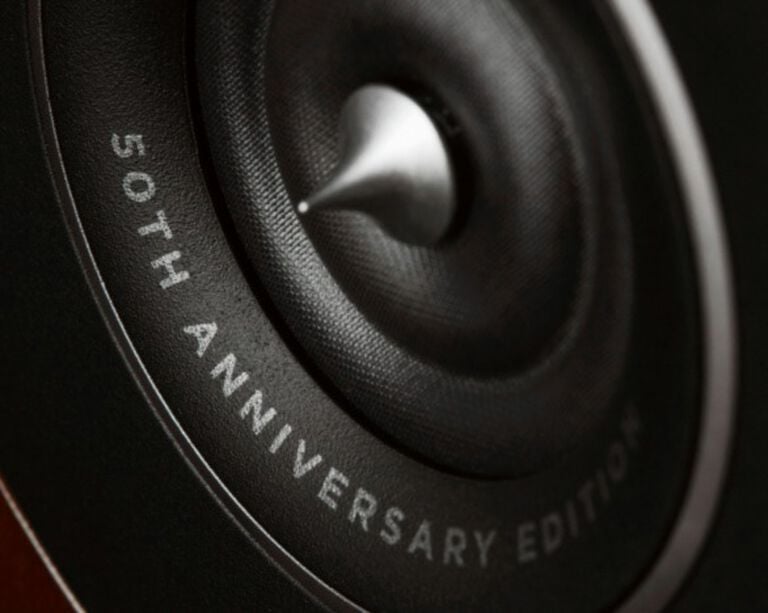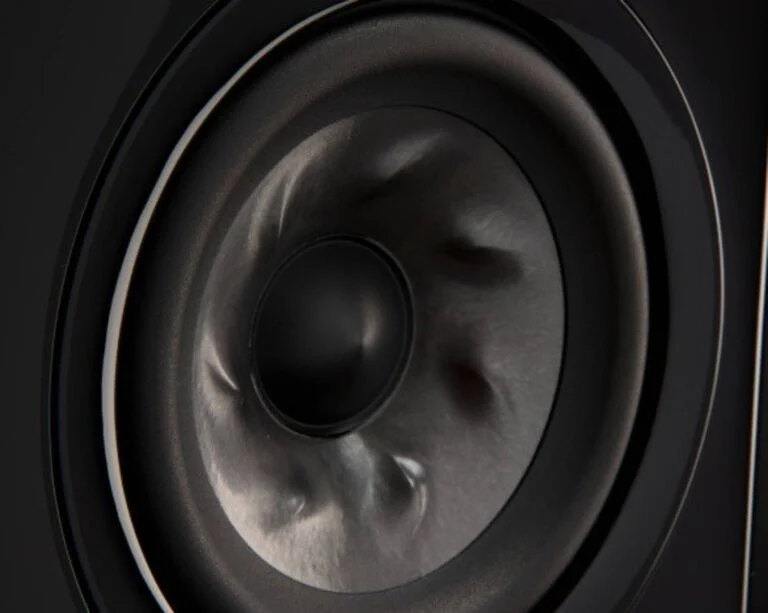Bi-Wiring vs Bi-Amping: How to Up the Ante of Your Listening Experience
Article written by POLK STAFF

There's nothing quite like seeing your favorite artists or bands perform live. The next best thing is recreating that listening experience at home. And if you want to further customize your home audio setup to align with that "live" feeling, consider bi-wiring or bi-amping your speakers.
Though Polk audio equipment is already guaranteed to deliver robust, full-bodied and immersive sound, bi-amping or bi-wiring can add another layer of depth to your listening experience. Let's take a look at how to get it done.
Bi-wiring
WHAT IS BIWIRING?
Bi-wiring is the using separate speaker wire connections to split the signal between high and low frequencies.
WHAT DOES BIWIRING ACCOMPLISH?
The theory behind bi-wiring is that it can elevate a great sounding speaker and produce subtle, enjoyable, improvements in overall sound quality. In a sense, bi-wiring is to speaker connections as "star grounding" is to electronics connections.
When a piece of audio equipment uses a single circuit grounding point for all electronic sections as opposed to connecting them in a "daisy-chain" fashion, this is referred to as "star grounding." The integrity of each ground path is maintained by individual connections to a low impedance point.
The same concept is applied when bi-wiring your audio system. Each "section" of your speaker is independently connected to the low impedance point (output transistors) in your receiver or amplifier. The effects of bi-wiring have been described as "lifting a veil from the mid-range" and that "voices seem clearer, more distinct, and less muffled."
HOW DO I SETUP BIWIRING?
To bi-wire your speaker system, you need to remove the jumper bar on the speaker terminals and then run separate speaker wires to the speaker's high and low frequency drivers from a single amplifier. Connect one set of speaker wires to the upper terminals on each speaker, and one set of wires (often of a heavier gauge) to the lower terminals. Connect the free ends of both wire sets to the corresponding amplifier outputs.
Bi-amping
WHAT IS BIAMPING?
Bi-amping is defined as using separate amplifiers in one or more receiver(s) to split the signal between high and low frequencies.
WHAT DOES BIAMPING ACCOMPLISH?
Audio enthusiasts tend to find that bi-amping their home theater setup improves how adequately the system is able to handle the more demanding sequences of audio or cinema. It's comparable to four-wheel-drive in a car. As a car or truck handles rough terrain, the engine's power can be applied independently to each wheel as necessary.
The same happens when you bi-amp an audio system. When a piece of music is at its most demanding, it can be helpful for each section of your speaker to draw from its own source of power. The idea is that the sound produced will then possess an effortless, less constrained quality.
HOW DO I SETUP BIAMPING?
To bi-amp your system, you also first need to remove the jumper bars on the speaker. Connect the speaker wires from the high frequency amplifier outputs to the upper set of terminal posts on each speaker. Follow this same procedure for connecting the low frequency amplifier outputs to the lower set of terminals. Make sure you maintain correct wiring polarity (+ to +, - to -) in all connections. And be sure take a look at your receiver's Owner's Manual to ensure the correct settings are in place for bi-amping.
Remember, bi-wiring and bi-amping are meant to enhance the listening experience. And though it may seem a little intimidating at first to experiment with what works for you, don't forget that your end goal is all about achieving the best sound that fits your preferences-and to have fun while you're figuring it out.
Looking for the best speakers to add to your home audio setup? Check out our wide selection to capture the sound and look you want.


